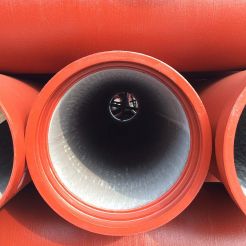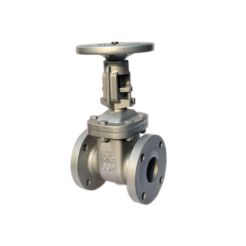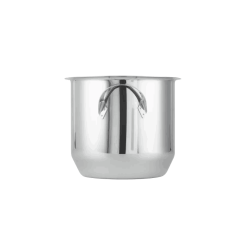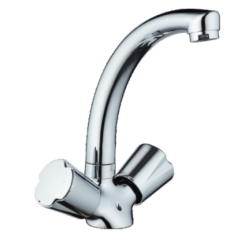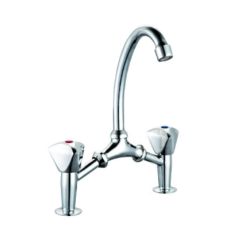signs of a bad throwout bearing
Product Description
https://www.niushangcn.com/resources/5-symptoms-of-a-bad-throw-out-bearing-amp-replacement-cost.html
5 Symptoms of a Bad Throw Out Bearing & Replacement Cost
If you’re experiencing problems with your clutch plate, it’s possible that your throwout bearing is the culprit. This article will discuss the symptoms of a bad throwout bearing and how to diagnose it.
We’ll also look at what causes a throwout bearing to fail and the replacement cost of a throwout bearing. Finally, we’ll show you how to replace a throwout bearing on your own.
Overview of Manual Transmission
A manual transmission is a type of transmission that uses a driver-operated clutch to engage the gears and is most commonly found in vehicles with rear-wheel drive. Manual transmissions are generally more efficient than automatic transmissions and can provide better fuel economy in some cases. Additionally, they offer more driver control and can be more fun to drive. However, they also require more driver skills and experience to operate correctly.
There are several types of manual transmissions, but the most common is the three-speed transmission. This type has three forward gears and can be shifted between them by moving the shifter located on the vehicle’s floor. There are also four- and five-speed transmissions, which offer more gears to choose from.
The driver must first depress the clutch pedal to shift gears in a manual transmission. This disengages the engine from the driveshaft, allowing the driver to change gears. The driver then selects the desired gear by moving the shifter and releasing the clutch pedal to re-engage the engine.
When driving a manual transmission vehicle, there are several things to keep in mind. First, it is important to release the clutch pedal when shifting gears smoothly. This will help prevent the vehicle from jerking or stalling. Second, it is important to use the correct gear for the current situation. For example, if the vehicle is traveling uphill, it is best to use low gear to avoid straining the engine.
Manual transmissions still offer many benefits over automatic transmissions despite their slight decline in popularity. They are generally more efficient, provide more driver control, and can be more fun to drive.
What is a Throw Out Bearing?
A throwout bearing is a necessary component of a car’s clutch and transmission system. It helps to ensure smooth, efficient shifting between gears by allowing the clutch assembly to disengage from the drivetrain. Without a throwout bearing, the clutch would have to be constantly engaged, which would cause excessive wear and tear on the components.
The throwout bearing is a simple metal disc with a hole in the center. The disc is attached to the clutch pedal, and the hole allows the release clutch fork on the transmission to pass through. When you step on the clutch pedal, it pushes the disc out against the pressure plate, which in turn disengages the clutch from the drivetrain.
If your throwout bearing starts to wear out, you’ll notice a few symptoms. The most obvious is a grinding noise when shifting between gears. You may also have trouble getting the car into gear, or it may slip out of gear unexpectedly. If you experience any of these symptoms, it’s time for a new throwout bearing.
Symptoms of a Bad Throw Out Bearing
If your throwout bearing is going bad, you’ll notice a few symptoms. Bad throwout bearing symptoms include:
Vibrating Clutch Pedal
Strange Noises
Gear Shifting Issues
Stiff Clutch Pedal
Total Clutch Failure
Let us see these symptoms in detail:
1. Vibrating Clutch Pedal
When the throwout bearing is not in good condition, it creates a vibration that can be felt through the clutch pedal. You will feel a shaking sensation when you press down on the pedal, which may become more noticeable as you apply pressure. If this is the case, it’s best to replace the throwout bearing as soon as possible to avoid further damage.
A bad throwout bearing usually causes a vibrating clutch pedal, but it can also be caused by a bad pilot bearing, clutch disc, or an out-of-balance driveshaft.
The best way to determine the source of the vibration is to have a qualified technician inspect the vehicle. The technician will start by checking the condition of the throwout bearing and the other components that could be causing the vibration.
If the technician can’t find anything wrong with the vehicle, he may need to use a diagnostic tool to check for faults in the engine control system.
2. Strange Noises
One of the most common symptoms of a bad throwout bearing is strange noises coming from the clutch. If you’re hearing clicking, rattling, or grinding noise when you press down on the clutch pedal, there’s a good chance that the throwout bearing is bad. This throwout bearing noise can be especially troublesome when you’re trying to shift gears, and it can make driving a frustrating experience.
If you’re experiencing strange noises coming from your clutch, it could be a sign that the throwout bearing needs to be replaced. The throwout bearing is responsible for releasing the clutch pressure plate, and if it’s not in good condition, it can cause all sorts of problems.
If you’re not sure whether or not the throwout bearing is bad, it’s a good idea to take your car to a mechanic and have them take a look. They’ll be able to diagnose the problem and let you know what needs to be done to fix it.
3. Gear Shifting Issues
The throwout bearing is responsible for disengaging the clutch when you shift gears, and if it’s not working properly, it can cause all sorts of problems. You might experience difficulty shifting gears, or your car might even jump out of gear altogether. If your throwout bearing is worn out, it needs to be replaced as soon as possible.
If you’re having trouble with your gear shifting, there are a few things you can do to troubleshoot the issue:
1. Make sure that your clutch is properly adjusted.
2. Make sure that your transmission fluid level is correct.
3. Make sure that your transmission is in good condition.
4. Make sure that your clutch pedal is properly adjusted.
5. Make sure that your gear linkage is in good condition.
If you’ve checked all of these things and you’re still having problems, then it’s likely that your throwout bearing is worn out and needs to be replaced.
4. Stiff Clutch Pedal
If you are experiencing a stiff clutch pedal, it may be due to a bad throwout bearing. A bad throwout bearing can cause the clutch to stick, which will make it difficult to press the pedal. If this is the case, you will need to replace the throwout bearing as soon as possible.
To determine the extent of throwout bearing failure, you can take the vehicle for a test drive and see if the pedal feels stiff. Another way to check is to remove the throwout bearing and spin it. If it is not spinning freely, it is likely bad and needs to be replaced.
5. Total Clutch Failure
When your clutch fails, it’s often because the throwout bearing has worn out. The throwout bearing is the part of the clutch that engages the clutch pedal. When it’s worn out, it can’t move the clutch disc properly, which causes the clutch to fail.
The throwout bearing is also responsible for releasing the clutch pedal, and if it’s bad, you’ll have a lot of trouble getting the car moving. In some cases, the entire clutch mechanism may need to be replaced.
If your throwout bearing is bad, you may hear a grinding noise when pressing the clutch pedal. You may also find it difficult to engage the clutch or that the car doesn’t move at all when you try to drive it.
If you’re experiencing any of these symptoms, it’s important to get your car serviced right away. A bad throwout bearing can cause a lot of damage, and it’s not something that you can fix on your own.

